Bimator | Ophthalmic Solution | 1 pcs
৳ 500.00
Brand Name:Bimator Ophthalmic Solution
Generic: Bimatoprost + Timolol
0.03%+0.5%
Manufacturer: Square Pharmaceuticals Ltd.
3 ml drop: ৳ 500.00
Indications
Therapeutic Class
Pharmacology
Bimatoprost is believed to lower intraocular pressure (IOP) in humans by increasing outflow of aqueous humor through both the trabecular meshwork and uveoscleral routes. Bimatoprost reduces the pressure in the eye by mimicking the action of a naturally-occuring prostaglandin. Prostaglandins are a group of chemicals found in many places in the body. In the eye, they increase the drainage of the aqueous humour out of the eyeball. Bimatoprost is a synthetic compound related to one of the natural prostaglandins, and works by increasing the drainage of aqueous humour out of the eyeball. Bimatoprost may also lower the rate of aqueous formation in the eye. Both these effects decrease the pressure within the eye.
Similar to propranolol and nadolol, timolol is a non-selective, beta-adrenergic receptor antagonist. Timolol does not have significant intrinsic sympathomimetic, direct myocardial depressant, or local anesthetic (membrane-stabilizing) activity, but does possess a relatively high degree of lipid solubility. Timolol, when applied topically to the eye, has the action of reducing elevated, as well as normal, intraocular pressure, whether or not accompanied by glaucoma. Elevated intraocular pressure is a major risk factor in the pathogenesis of glaucomatous visual field loss and optic nerve damage.
Dosage & Administration
Interaction
Contraindications
Side Effects
Pregnancy & Lactation
Use in Pregnancy: There are no adequate data from the use of the Bimatoprost / Timolol fixed combination in pregnant women. It should not be used during pregnancy unless clearly necessary.
Use in Lactation: Animal studies showed Bimatoprost is excreted in rat’s milk. & Timolol is excreted in human milk. Therefore, Bimatoprost / Timolol should not be used during breastfeeding.
Precautions & Warnings
Use in Special Populations
Pediatric Use: Safety and effectiveness in pediatric patients have not been established.
Geriatric Use: No overall differences in safety or effectiveness have been observed between elderly and other adult patients.
Storage Conditions
| Generic Name | Bimatoprost + Timolol |
|---|---|
| Size | 3 ml |
Only logged in customers who have purchased this product may leave a review.

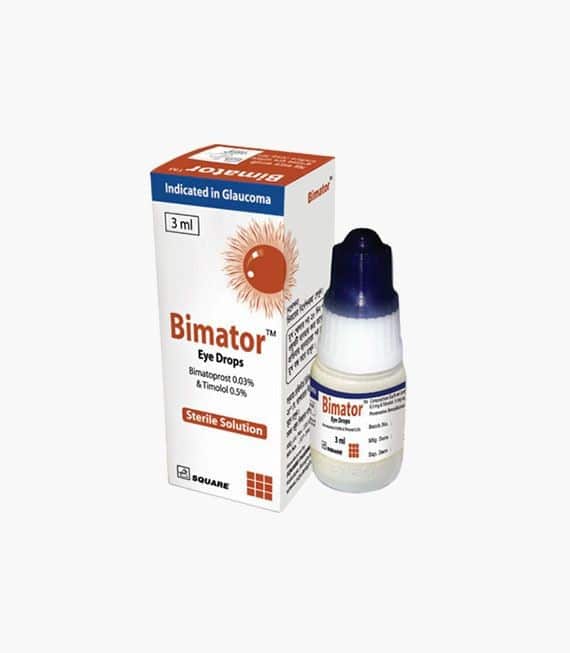
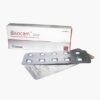



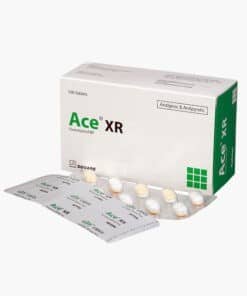


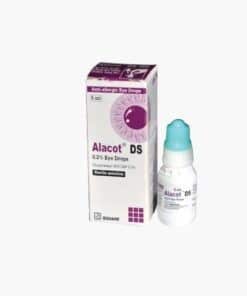
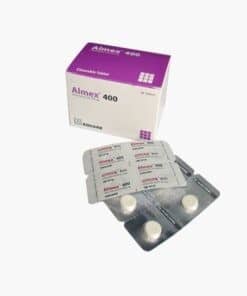
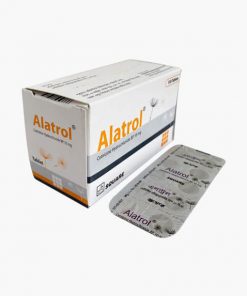

Reviews
There are no reviews yet.